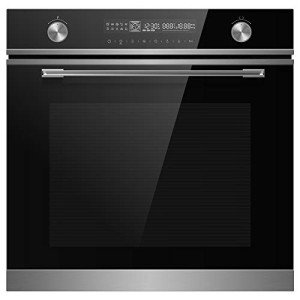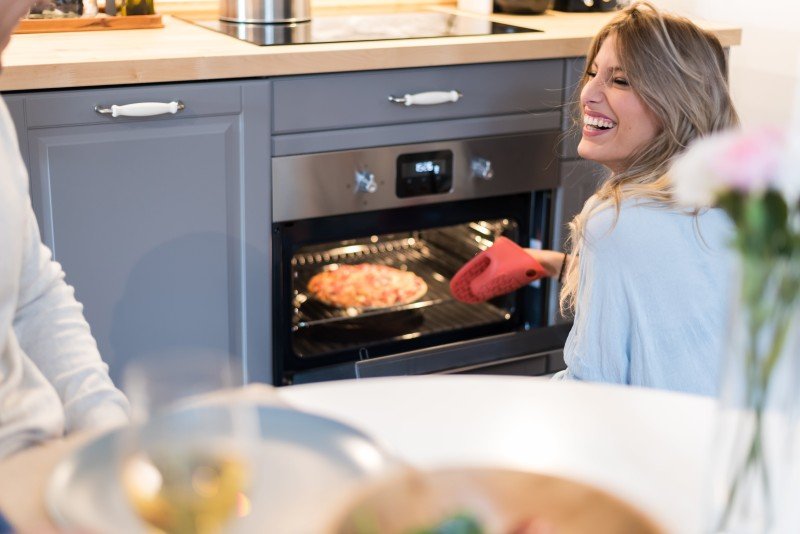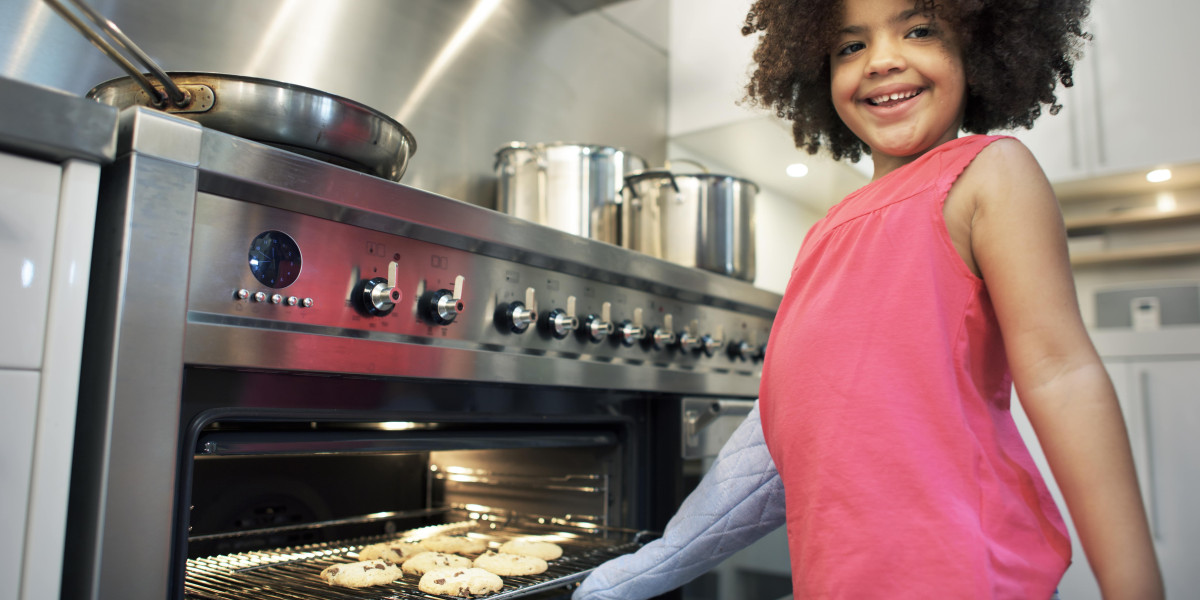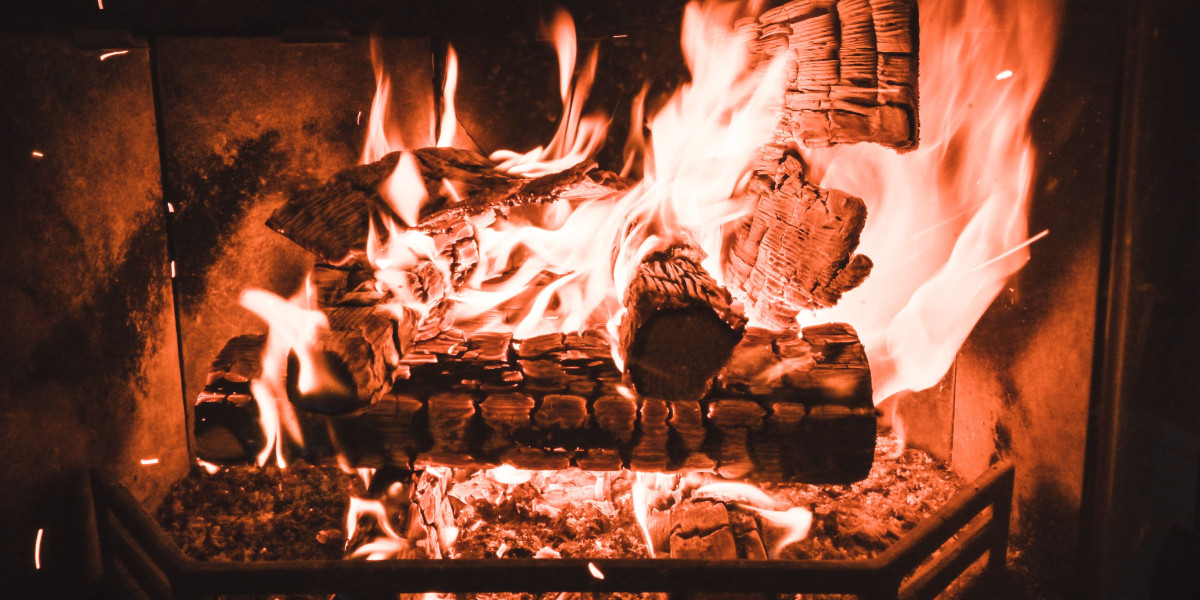Ovens and hobs are essential in the kitchen There are a variety of models on the market. We've compiled a short guide to the most well-known hob cooktops:
Simple to use and sturdy, solid plate hobs heat up sealed metal plates that heat your pans. They're inexpensive to run, but they take time to warm up and cool down.
Gas
Although they share many features, hobs and gas stoves are significantly different from each other. Hobs, on the other hand, are integrated into the counter of your kitchen and give it a more sleek appearance. Modern hobs are safer to use due to a revolutionary flame failure system that shuts off the gas if it detects low flames on the burner.
 A gas hob is equipped with multiple burners that permit cooking in various ways. From boiling water to frying, you can easily control the heat intensity to make the perfect recipe for your dinner. The burners can be controlled individually by turning them off or on to maximize your energy consumption.
A gas hob is equipped with multiple burners that permit cooking in various ways. From boiling water to frying, you can easily control the heat intensity to make the perfect recipe for your dinner. The burners can be controlled individually by turning them off or on to maximize your energy consumption.The main differences between the hob and gas stove is that a gas stove comes with the design of projecting and a pipeline to connect it to an LPG cylinder, whereas hobs are sleek in their design and are level with your kitchen platform. As such, you won't have to worry about moving the cooker if you want to change your kitchen layout in the near future unlike the freestanding stove.
Furthermore gas stoves need an additional gas line and a ventilation system that may increase the cost of installation. Gas hobs tend to be more expensive than electric or induction models, depending on the consumption patterns and energy rates in your local area.
With a gas hob, natural gas is piped to the burners via an outlet on the back of the appliance. When you turn the control knob on a gas stove, the valve regulator is activated, allowing gas to flow in. When the valve is activated, the burners are ready to cook.
Apart from their convenience and ease of use, gas hobs are also less difficult to clean than gas stoves. While a conventional gas stove has a lot of crevices in which food spills can accumulate, a modern hob has a smooth glass surface that eliminates these issues and is easy to wipe clean. FUJIOH’s unique gas hobs are also easy to maintain as you can take off the aluminum alloy burner and venturi parts for thorough cleaning.
Electricity
A hob is an essential component of any fitted kitchen. It could be a gas hob, electric hob, or even a solid plate cooker, which is a standard choice. These are great for flat-based products like pans, and they're simple to use. They can be a little expensive to operate as they take longer to warm up and cool down than other options, but the good thing is, they're extremely robust and can be easily wiped clean too.
A ceramic electric stove is the ideal choice for those who are looking for something modern. They're sleek and stylish and have a clean fascia. The cooking rings can be controlled individually and can be adjusted in size so you can cook different things simultaneously, which is ideal for busy households. There are also models that combine induction and electric to make the most of both.
Gas induction hobs can be found with a stainless-steel finish to give a more traditional look. They are also more manageable and quick to warm up than a traditional gas stove. They employ an induction heating element to heat your pans directly, thus preventing any heat from being wasted on the hob as you would with a gas cooktop.
Induction hobs can be slightly more expensive to purchase but are often cheaper to run as they heat up more quickly than gas hobs and produce less heat. They are also more consistent with their temperature, so you're less likely end up with hot spots on your hob.
Plate hobs are the more basic option which isn't as energy efficient as other hobs, however they're much cheaper to buy. They're an excellent choice for those who are new to cooking as they're simple and easy to use. However, they're not recommended for families with kids as it is easy to burn your hands if not cautious. Additionally, they're not suitable for heavy cast-iron pots or woks because they can warp.
Induction
Induction cooktops don't heat the ring as traditional electric or gas hobs. Instead, they utilize electromagnetic technology to generate heat directly in your pan. This is accomplished by copper coils that are placed under the glass surface that emit an electromagnetic signal upon switching on. This creates a magnetic current that heats up the metal in your pan.
The advantage of this is that only the surface of your pot and not the entire surface of the glass cooktop is heated, which makes it safer to handle and clean too. It also cooks food faster and boils water quicker than conventional models.
But induction technology isn't without its disadvantages. It isn't possible to use non-ferrous or aluminum pans without the addition of copper or iron on the bottom. These metals are poor conductors. Today you can find a variety of induction-ready pans, including enameled cast iron and stainless steal. Even glass will work provided it has an induction-ready bottom.
Induction hobs also use less energy and release little heat in the air. Induction cooktops were awarded the Energy Star Emerging Technology Award by the EPA for their effectiveness. They could save you lots of money on your electricity bills.
Induction hobs may also affect certain pacemakers. This is contingent on the kind you have. If you're not sure, speak to your GP or cardiac electrophysiologist. They can inform you if an induction unit is compatible with your pacemaker and if it is and how far you should stay away from it in order to avoid interference.
Plate
Oven-safe plates are a must-have for any cook at home. They keep food warm and are perfect for stews, soups and other meals that are best served warm. These oven-safe dinnerware items are made from sturdy stoneware that can withstand extreme temperatures. These plates are dishwasher safe, making cleaning effortless. These plates can be used to serve warm foods such as fresh bread.
A plate can be made from glass, ceramic, or stoneware. Each material has its own distinct properties and strengths that makes it suitable for a variety of cooking techniques and applications. Stoneware and glass plates are usually the most appropriate oven-safe plates. Metal plates can be heavy and can damage your kitchen flooring. It is crucial to check the specifications of the manufacturer before using a safe oven-safe plate. Avoid sudden temperature changes such as putting an oven in the oven that is preheated with an unheated plate. This can result in thermal shock, which could lead to cracking or breaking.
In the UK the UK, a large appliance with a hob and oven (he has a good point) is known as a Stove. Stoves come with an lower section that is used for roasting or baking and a set heat rings on top where you can put pans to cook. Some cooktops have separate cooktops and ovens. Others prefer a cooktop with both.
For the first time, Lhov has introduced an all-in-one appliance that incorporates oven, hob, and extraction in one stunning device. Its super linear design and black glass make it virtually invisible in your kitchen, while its innovative features and different cooking areas and techniques offer unbeatable design and performance. You can even control the appliance with an assistant voice. The revolutionary extraction system can also catch fumes and odors from the oven and the hob. This allows you to have delicious and healthy meals without stress.









